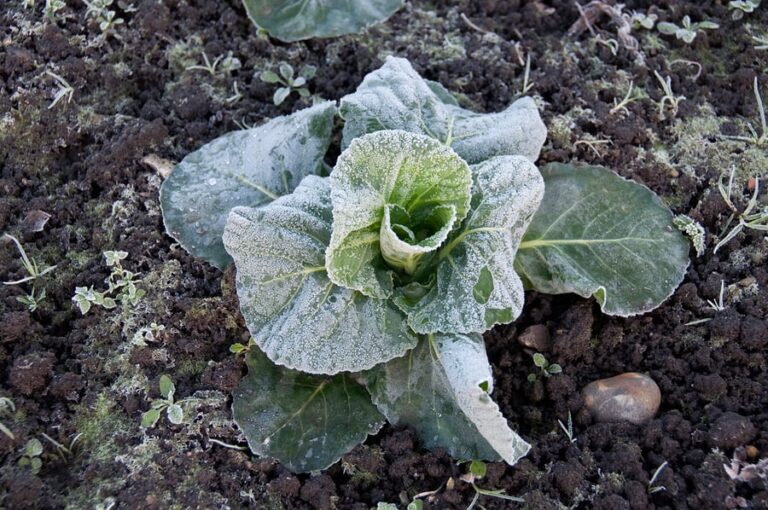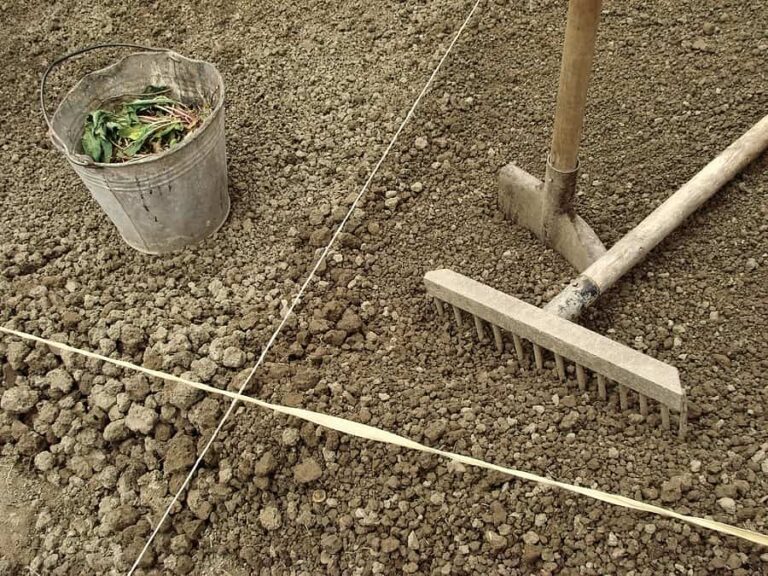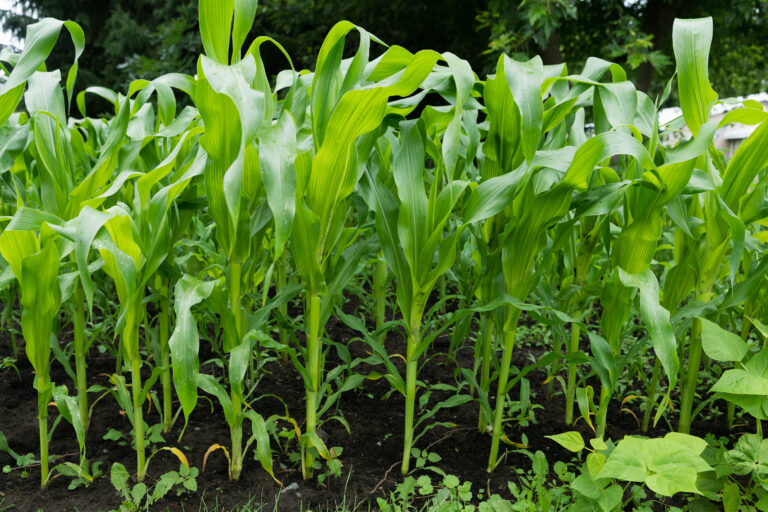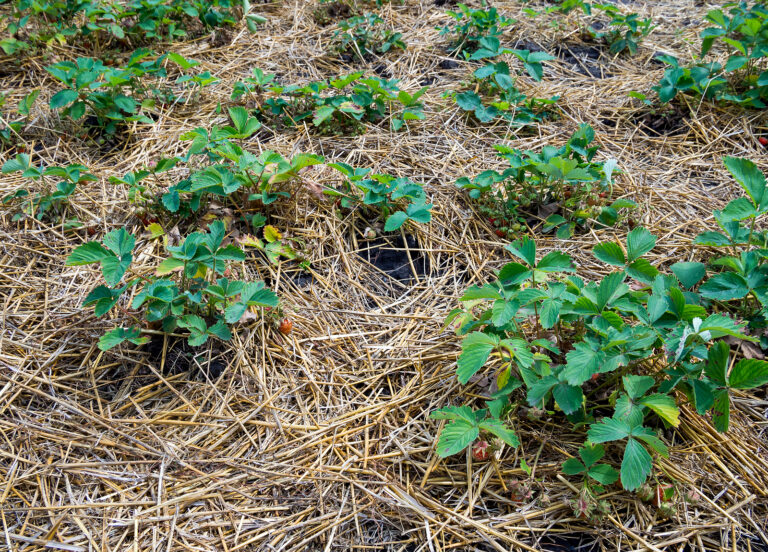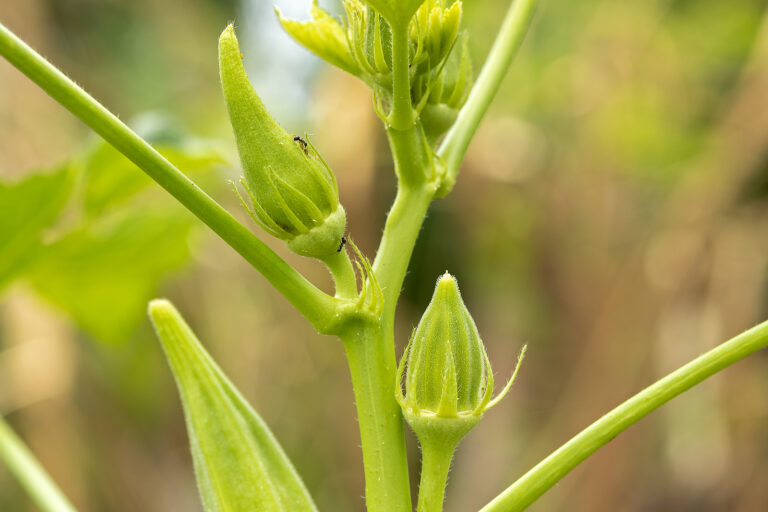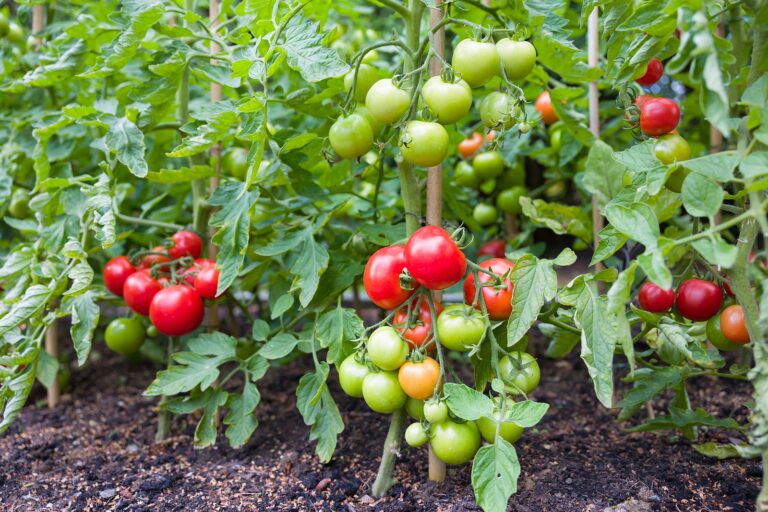Weather and When to Plant
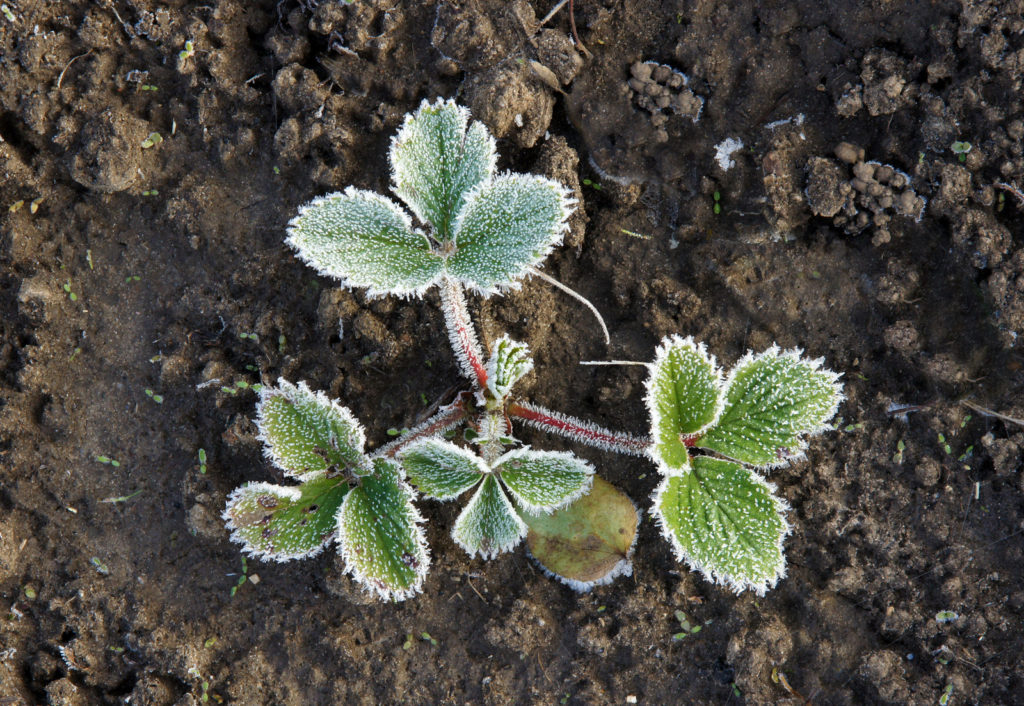
Vegetable garden planting is simply based on the premise that cool weather crops need cool weather to mature and warm weather crops need warm weather.
Most vegetable gardeners need a year or two of trial and error plantings and attentive record keeping to know when is the best time to plant in their garden.
To start a vegetable garden, pay attention to the temperature. Keep a record of weekly temperatures in your garden and check historical averages for your area online.
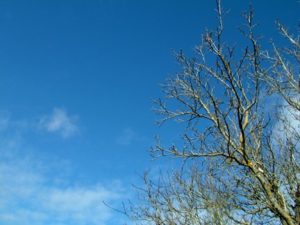
When is the Growing Season
Your growing season happens between the last killing frost or freeze in spring and the first killing frost or freeze in fall. The exact date of the last and first freeze each year will vary—but you will soon notice there’s an average (check weather records online to see the pattern for your area). In most regions of the United States, the last killing frost or freeze comes in late April or May and the killing frost or first freeze comes in late September or October.
Between the last freeze or frost in spring and the first frost and freeze in autumn is the natural growing season. Nearly all vegetables and herbs will begin their lives just before or after the last freeze and most will end their lives with or just after the first killing frost or freeze in autumn. Gardeners refer to this period as the natural growing season.
To grow vegetables or herbs outside of the natural growing season, the gardeners must resort to season-extending devices such as row covers, cloches, plastic tunnels, and greenhouses. To grow plants outside of the natural growing season go to the Index and see articles on Season Extension.
Quick Season-by-Season Planting Guide
• Early Spring, as soon as the ground can be turned with a shovel but before the last frost: Broccoli plants (starts, not seeds), Cabbage plants, Endive, Kohlrabi, Lettuce, Onion sets, Parsley, Peas, Radishes, Spinach, Turnips (these plants want to mature before average temperatures reach much above 65°F).
• Mid-Spring, at about the time of the last killing frost: Carrots, Cauliflower plants, Beets, Onion seeds, Parsnips, Swiss Chard; two weeks after the last frost: Beans, Corn, Potatoes, early Tomato seeds.
• Early Summer, when the soil has warmed to 65°-85° range: Lima Beans, Cantaloupe, Celery plants, Crenshaw melons, Cucumbers, Eggplant plants, Pumpkins, Pepper plants, Potatoes for winter, Squash, Tomato plants, Watermelons.
• Mid-Summer—Fall, plant in early summer: Beets, Broccoli, Cabbage, Cauliflower, Kohlrabi, Lettuce, Radishes, Spinach, Turnips (these plants will mature in the cool temperatures of autumn).
Here are more helpful articles on Planting and Weather:
Cool and Warm Season Vegetable Crops


